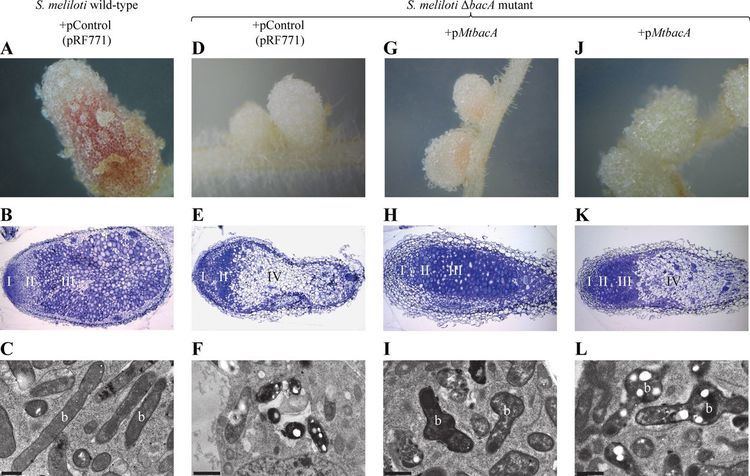Kingdom Bacteria Order Rhizobiales Genus Sinorhizobium Higher classification Sinorhizobium | Phylum Proteobacteria Family Rhizobiaceae Scientific name Sinorhizobium meliloti Rank Species | |
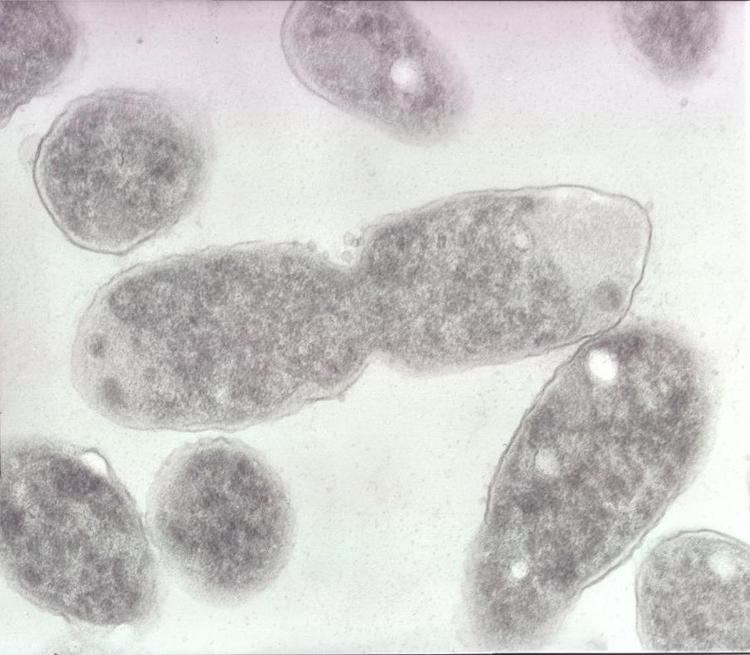 | ||
Similar Sinorhizobium, Bacteria, Rhizobium leguminosarum, Bradyrhizobium, Medicago truncatula | ||
Genoma de una nueva estirpe de sinorhizobium meliloti
Sinorhizobium meliloti is a Gram-negative nitrogen-fixing bacterium (rhizobium). It forms a symbiotic relationship with legumes from the genera Medicago, Melilotus and Trigonella, including the model legume Medicago truncatula. This symbiosis results in a new plant organ termed a root nodule. The S. meliloti genome contains three replicons: a chromosome (~3.7 megabases) and two chromids, pSymA (~1.4 megabases) and pSymB (~1.7 megabases). Five S. meliloti genomes have been sequenced to date: Rm1021, AK83, BL225C, Rm41, and SM11
Contents
- Genoma de una nueva estirpe de sinorhizobium meliloti
- Medical vocabulary what does sinorhizobium meliloti mean
- Symbiosis
- Bacteriophage
- References
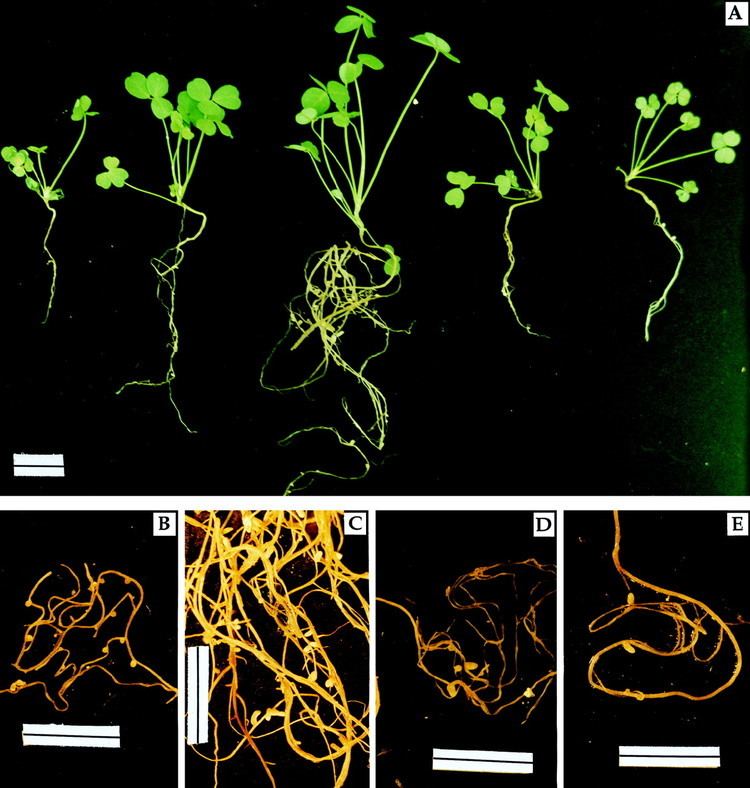
Nitrogen fixation by S meliloti is interfered with by the plastic modifier bisphenol A.
Medical vocabulary what does sinorhizobium meliloti mean
Symbiosis
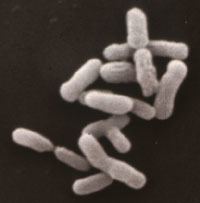
The symbiosis between S. meliloti and its plant hosts begins when the plant secretes an array of betaines and flavonoids into the rhizosphere: 4,4′-dihydroxy-2′-methoxychalcone, chrysoeriol, cynaroside, 4′,7-dihydroxyflavone, 6′′-O-malonylononin, liquiritigenin, luteolin, 3′,5-dimethoxyluteolin, 5-methoxyluteolin, medicarpin, stachydrine, and trigonelline. These compounds attract S. meliloti to the surface of the root hairs of the plant where the bacteria begin secreting nod factor.
Bacteriophage
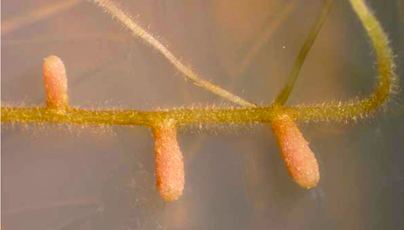
Several bacteriophages that infect Sinorhizobium meliloti have been described: Φ1, Φ1A, Φ2A, Φ3A, Φ4 (=ΦNM8), Φ5t (=ΦNM3), Φ6 (=ΦNM4), Φ7 (=ΦNM9), Φ7a, Φ9 (=ΦCM2), Φ11 (=ΦCM9), Φ12 (=ΦCM6), Φ13, Φ16, Φ16-3, Φ16a, Φ16B, Φ27, Φ32, Φ36, Φ38, Φ43, Φ70, Φ72, Φ111, Φ143, Φ145, Φ147, Φ151, Φ152, Φ160, Φ161, Φ166, Φ2011, ΦA3, ΦA8, ΦA161, ΦAL1, ΦCM1, ΦCM3, ΦCM4, ΦCM5, ΦCM7, ΦCM8, ΦCM20, ΦCM21, ΦDF2, Φf2D, ΦF4, ΦFAR, ΦFM1, ΦK1, ΦL1, ΦL3, ΦL5, ΦL7, ΦL10, ΦL20, ΦL21, ΦL29, ΦL31, ΦL32, ΦL53, ΦL54, ΦL55, ΦL56, ΦL57, ΦL60, ΦL61, ΦL62, ΦLO0, ΦLS5B, ΦM1, ΦM1, ΦM1-5, ΦM2, ΦM3, ΦM4, ΦM5, ΦM5 (=ΦF20), ΦM5N1, ΦM6, ΦM7, ΦM8, ΦM9, ΦM10, ΦM11, ΦM11S, ΦM12, ΦM14, ΦM14S, ΦM19, ΦM20S, ΦM23S, ΦM26S, ΦM27S, ΦMl, ΦMM1C, ΦMM1H, ΦMP1, ΦMP2, ΦMP3, ΦMP4, ΦN2, ΦN3, ΦN4, ΦN9, ΦNM1, ΦNM2, ΦNM6, ΦNM7, ΦP6, ΦP10, ΦP33, ΦP45, ΦPBC5, ΦRm108, ΦRmp26, ΦRmp36, ΦRmp38, ΦRmp46, ΦRmp50, ΦRmp52, ΦRmp61, ΦRmp64, ΦRmp67, ΦRmp79, ΦRmp80, ΦRmp85, ΦRmp86, ΦRmp88, ΦRmp90, ΦRmp145, ΦSP, ΦSSSS304, ΦSSSS305, ΦSSSS307, ΦSSSS308, and ΦT1. Of these, only Φ16-3 and ΦPBC5 have been sequenced.
